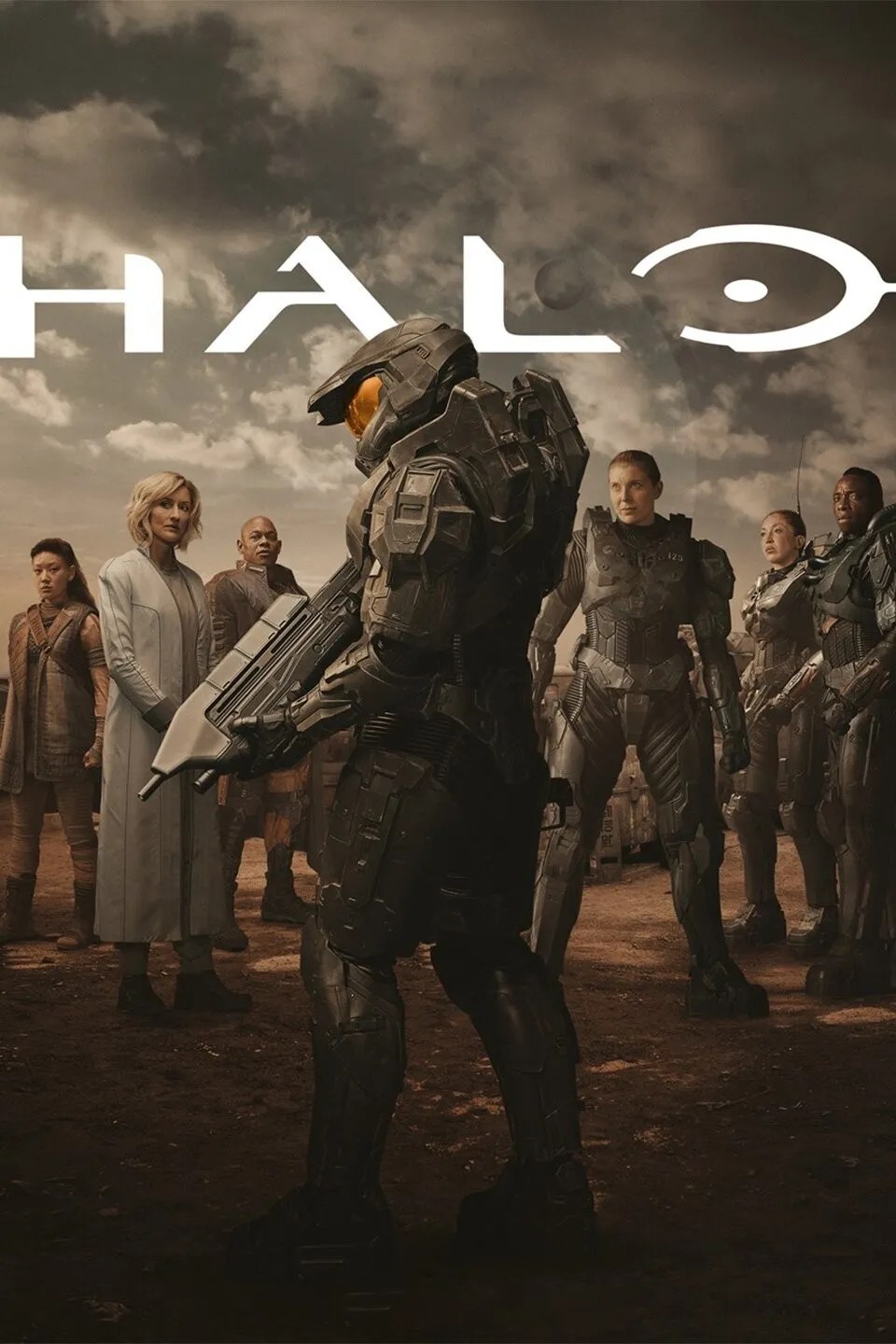Summary
HaloSeason 2 spoilers ahead.
Having already met many of Master Chief’s most iconic enemies during its first season, many fans of Paramount’sHaloTV show had been eagerly awaiting the live-action debut of one of the game’s most fearsome foes. Luckily for them, the show didn’t disappoint and finally brought the Flood into the fold during the latter half ofHalo’s second season. But even though its version of the parasitic alien antagonists shares similarities with their in-game counterparts, the show adds some Hollywood-influenced flair to the Flood that future games should consider adopting.
Paramount’sHaloseries stays close to the source material regardingthe Flood’s desire to consume all sentient lifein the galaxy, but some stylistic changes help make the familiar foe even more frightening. Taking inspiration from the fast zombies that have become ubiquitous in film and TV, the show manages to make the already-menacing Flood more terrifying than ever. And although this tweak to the Flood’s familiar formula may not sit well with some long-timeHalofans, it could inspire future games in the franchise.

The Flood Has 28 Days Later Energy in the Halo TV Show
Serving as one of the centerpieces of the latter half ofHalo’s second season, the emergence of the Flood was something many franchise fans had been waiting for. Though debuting under different circumstances than in the games, the Flood in Paramount’sHaloinitially seems to be cut from the same cloth as the fast zombies of 2002’s28 Days Later.
A scene of a UNSC scientist slowly succumbing to its parasitic spores before brutally attacking a colleague would feel perfectly at home in a zombie film, and the infected humans initially look very little like their gaming counterparts.
Despite this detour into zombie movie cliches,Haloquickly shows that its version of the Flood has more in common with thegames than it initially appears. While the influence offilms like28 Days LaterandDawn of the Deadon the infected humans’ behavior is impossible to ignore, once they begin sprouting appendages in some truly gruesome displays of body horror it’s clear that this new take on the Flood isn’t far off from the games. This zombie-influenced version of the Flood offers an interesting new spin on the classic enemy and is something the nextHalogame should consider including.
The Next Halo Should Take Some Cues from the TV Version of the Flood
Given that the existential threat posed by the Flood has largely been dealt with by the time of the most recentHalogames, there might seem to be little opportunity to incorporate the show’s take on the species into the franchise. While reintroducing the Flood tothe nextHalogamewould let Microsoft incorporate elements of the reimagined enemies, their more zombie-like behavior could prove difficult to square with existing canon. A better option may be to save this version of the Flood for a potentialHaloreboot.
Their more aggressive nature and tendency to transform from humans into exceedingly grotesque creatures would make the show’s version of the Flood a frightening addition to areboot of the originalHalo. Incorporating other elements from the show, like the infected humans staying in a mannequin-like stupor until suddenly and violently attacking all around them, would be a great setup for some tense and terrifying set-piece sequences featuring the Flood.
While the early incarnations of the Flood seen in Paramount’sHaloshow differ somewhat from the games, both versions make for a genuinely scary enemy. By incorporating elements of horror’s biggest hits while still staying close to the source material, the show manages to create something that feels simultaneously new and familiar. And this frightening new form for the Flood won’t just make it a terrifying antagonist inseason 3 ofHalo—it might also be the perfect addition to the next game in the series.
Halo
Based on the immensely popular video game franchise, Paramount+’s Halo series follows the journey of Master Chief (Pablo Schreiber) and his fellow humans in the future war against the Covenant.